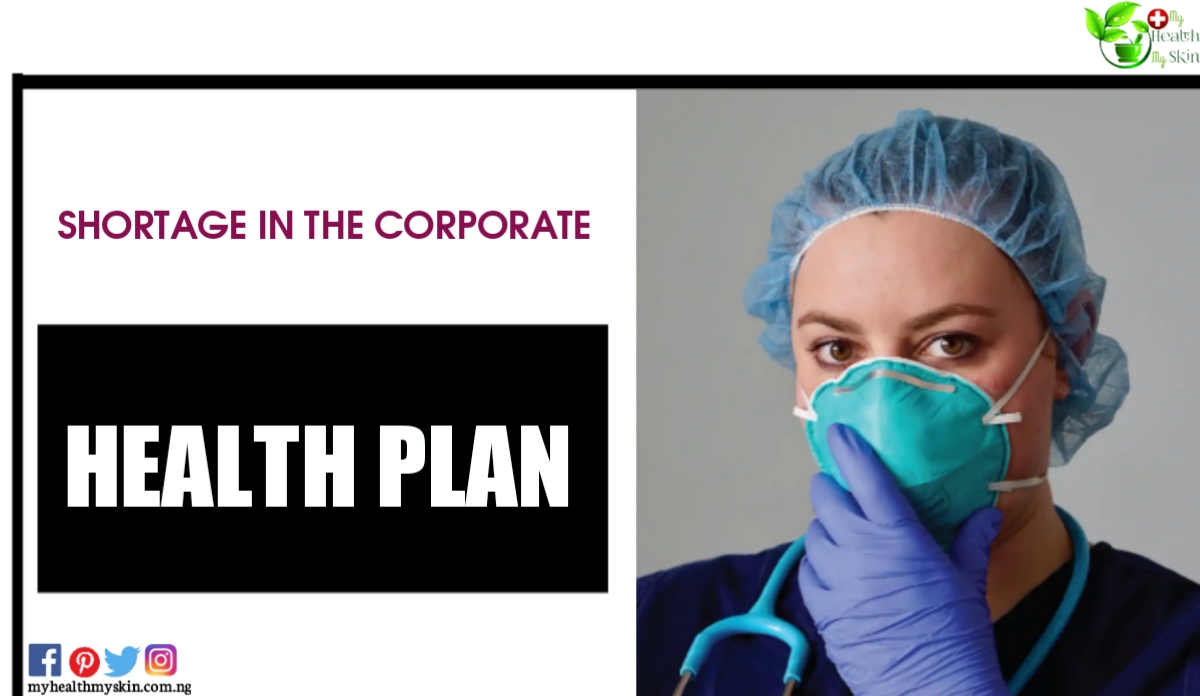Deficiency is one of the many criteria that you need to observe when hiring a business plan. There’s no way. To hire that really makes a difference in the lives of employees, HR needs to analyze these items.
Therefore, in this article we are going to explain what it is and how the grace period in business health plans works, so that you can hire and manage this benefit safely. Come on? Keep reading!
[lwptoc]
What is a shortage in health plans?
After hiring a health plan, the beneficiary may need to wait a while to start being assisted in certain procedures – this waiting period is called a grace period.
The process is legal, but it needs to respect a series of rules established by the ANS (National Supplementary Health Agency). In the old plans, contracted before January 1999, the rules established in the contract apply.
For the others, signed as of January 2, 1999, and regulated by the Health Plans Law (Law nº 9.656/98), the rules are the ones we will show throughout this article.
See what are the maximum periods established by law for the grace period:
- urgent and emergency cases — 24 hours;
- deliveries, except premature deliveries — 300 days;
- pre- existing illnesses and injuries — 24 months;
- other situations — 180 days.
Difference between grace period and CPT
You’ve probably heard another term related to neediness. The CPT, Temporary Partial Coverage, has its meaning, commonly, confused. Therefore, we will explain the difference between them and how each one applies to health plans.
Upon inclusion of a beneficiary in the health plan, the operator requires the completion of a detailed registration form on pathologies treated or being treated by the future user.
The CPT (temporary partial coverage), then, is the period in which the plan is not required to provide care related to pre-existing diseases or injuries, that is, situations that the person already knew existed at the time of hiring or pathology already treated.
Therefore, the CPT is a temporary restriction (24 months) for highly complex procedures. It is important to say that the application of this period by the operator may vary.
How does the shortfall work for companies?
The answer to that question is: it depends. The corporate health plan has a grace period, but there are exceptions. We will explain how the shortage works in the corporate health plan in the topics below :
Rules for small and medium businesses (29 lives or less)
In corporate health plan contracts with 29 lives or less, the operator requires compliance with the grace period for all lives – including partners.
However, as a strategic issue, many health operators decide to reduce the beneficiaries of the need as the number of lives increases. After all, no one likes to wait months for an appointment and not demanding that deadline can be a great competitive differentiator.
Here, we have the CPTs. If any pathology is declared, the operator has the right to apply a grace period of 24 months for procedures related to this pathology.
Rules for medium and large companies (30 lives or more)
Companies with 30 or more people hire a corporate health plan without having to fulfill a grace period.
However, beneficiaries must be included in the plan within 30 days of being hired. This rule is also valid for your dependents. These must be included within 30 days of the date of bond to the holder – up to 30 days of the wedding; up to 30 days after birth, etc.
This means that if an employee chooses not to join the plan and changes his mind in the future, he will be subject to compliance with the full grace period and his CPTs, if any.
Adequacy of grace period due to size change
Companies are expected to grow and, with that, increase the number of employees, right? After a certain increase in the number of lives, companies change size within the health operators and this can affect the needs of employees.
When a company exceeds 29 lives for the first time, it receives a new classification from the health operators and this process can happen automatically or not, depending on the operator.
What happens is that employees hired before the size change continue with the grace period as before and employees hired after the size change no longer receive a grace period. In these cases, it is up to the health brokerage to file a claim with the operator and request the abatement of the grace periods of the oldest employees.
Now, when companies reach the mark of 100 to 200 lives and become large, also known as business, the process does not happen automatically and must be initiated by the health broker.
In this case, the process is like opening a new policy, but as the company is already within the operator, it is a relatively easier process. Employees will not be subject to grace periods, as long as the inclusions are made within the 30-day rule.
Emergency and urgent care
For the new health plans, which were contracted as of January 2, 1999, the ANS establishes a maximum period of 24 hours for urgent and emergency care. After this period, the grace period ends and the operator is obliged to perform this type of service.
Why is the grace period applied?
Can you imagine if all new customers arrived needing to use the various medical services provided by the plan?
The grace period is adopted to prevent the beneficiary from contracting the plan at the time of need, as he needs immediate medical care.
The objective is to try to balance the cost of the agreement in small contracts, which can give little profitability due to a possible excessive expense. Thus, making a long-term contract with people in different health states, and preventing the operator from having to increase the monthly fee to meet the frequency of use.
Health plan portability: how is the shortage?
It is possible to change plans and not have to fulfill a grace period with the new operator. To make this portability of needs, however, it is necessary to follow some criteria:
- be up-to-date with monthly payments;
- have fulfilled the minimum period of stay (2 years to request the 1st portability and 1 year to request the second or others);
- maintain the active link with the current plan;
- that the destination plan is compatible for the exchange (just access the ANS website to verify). To see more post on Health Insurance click here.

We Hope This Article Has Clarified Your Team’s Doubts About Shortages And Helped Your Company To Better Plan For The Future. If You Have Any Further Questions, Comment Below!






